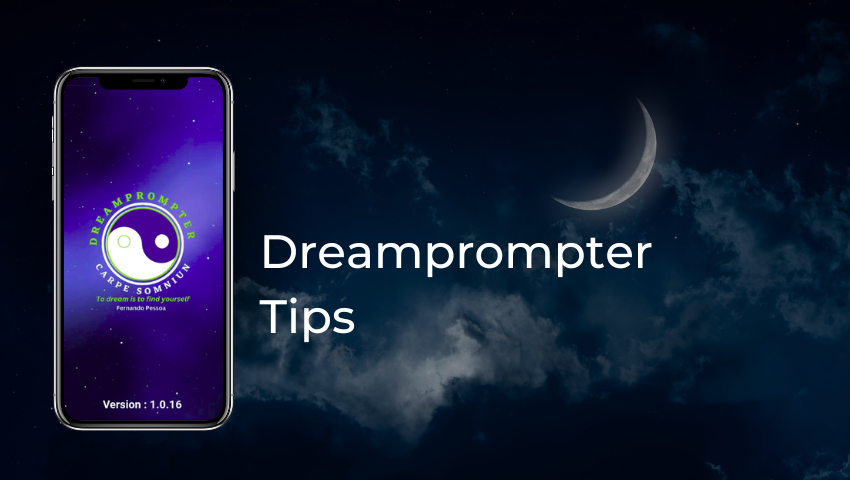It is important to differentiate between process and dream—the former that host, guide, chaperone, escort, or leader which provides a particular presence for each dreamer’s presumably infinite iterations, the inner or twin selves; by appealing to the process through specific prompts (in question or directive format) Dreamprompter enables selection of appropriate dreamer variants, settings, time periods, narratives, moods, etc.—rather than generalized, similar, or random manifestations. This key nomenclature needs to be clearly understood before a user’s first experience with Dreamprompter —it will help articulate the prompts to optimal dream performance.
Dreams fill our sleep since birth—why question who is their prime participant? Surprisingly, most people presume all dreamers will respond identically: a sleeper witnesses the dream through their own senses, just as the wakestate world surrounds us . . . yet in fact many see and hear themself in the third-person—an observer outside that one you know best, sometimes alternating this perspective throughout the dream!
Self‐Representation and Perspectives in Dreams
So, if dreams could be urged toward particular topics, to whom or what should a prompt be addressed—that first-person participant (the inner twin or dreamself), their objective bystander (given a name by the dreamer), or perhaps the process itself . . . dream leader (or simply prompting unnamed with “I would like to ask . . .)? Varying these viewpoints may elicit unexpected clarity, while each person’s internal dynamics (even their mood) can influence where prompts are directed—try alternatives for fruitful dreamworld exploration! Further, since the major religions encourage prayer before sleep (source of divine guidance or visions), a dreamer’s deity might be invoked according to tradition, whether in speech or song—mantras appropriate. Most interesting, the history of health concerns benefiting from such practice is impressive:
Prayer and healing: A medical and scientific perspective on randomized controlled trials
Indian J Psychiatry. 2009 Oct-Dec; 51(4): 247–253.
Spoken softly or whispered, sung if preferable, a short question, request, directive, or suggestion is recorded several times by a user in their mother tongue (the language of thought and dream), this prompt then played at preset intervals throughout the night or during a nap. These messages—in the sleeper’s own voice—orchestrate dream content, refocusing scenarios toward realistic solutions (we may not care for the sound of our recorded speech, but the brain has no such prejudice—as prominent research shows). If not evident in the dream itself or subsequent sleepstates, after a period of hours, days, or weeks a reply—drawn from the dreamer’s exclusive knowledge and experience, all stored memoric, perhaps triggered by related conversation, events, or thoughts—should become clear; for emphasis, repetition of the original or its rephrased prompt may be made at any time, though entirely different queries or directives can be recorded for playback during the same night or nap. Precognitive manifestations (history records many), where future incidents have been forecast by dream, are also possible, their likelihood potentially increased by frequent prompting:
Schredl, M. (2009). Frequency of precognitive dreams: Association with dream recall and personality variables.
Journal of the Society for Psychical Research, 73(895[2])[2], 83–91.
Watt, C. (2014). Precognitive dreaming: Investigating anomalous cognition and psychological factors.
Journal of Parapsychology, 78(1), 115–125




